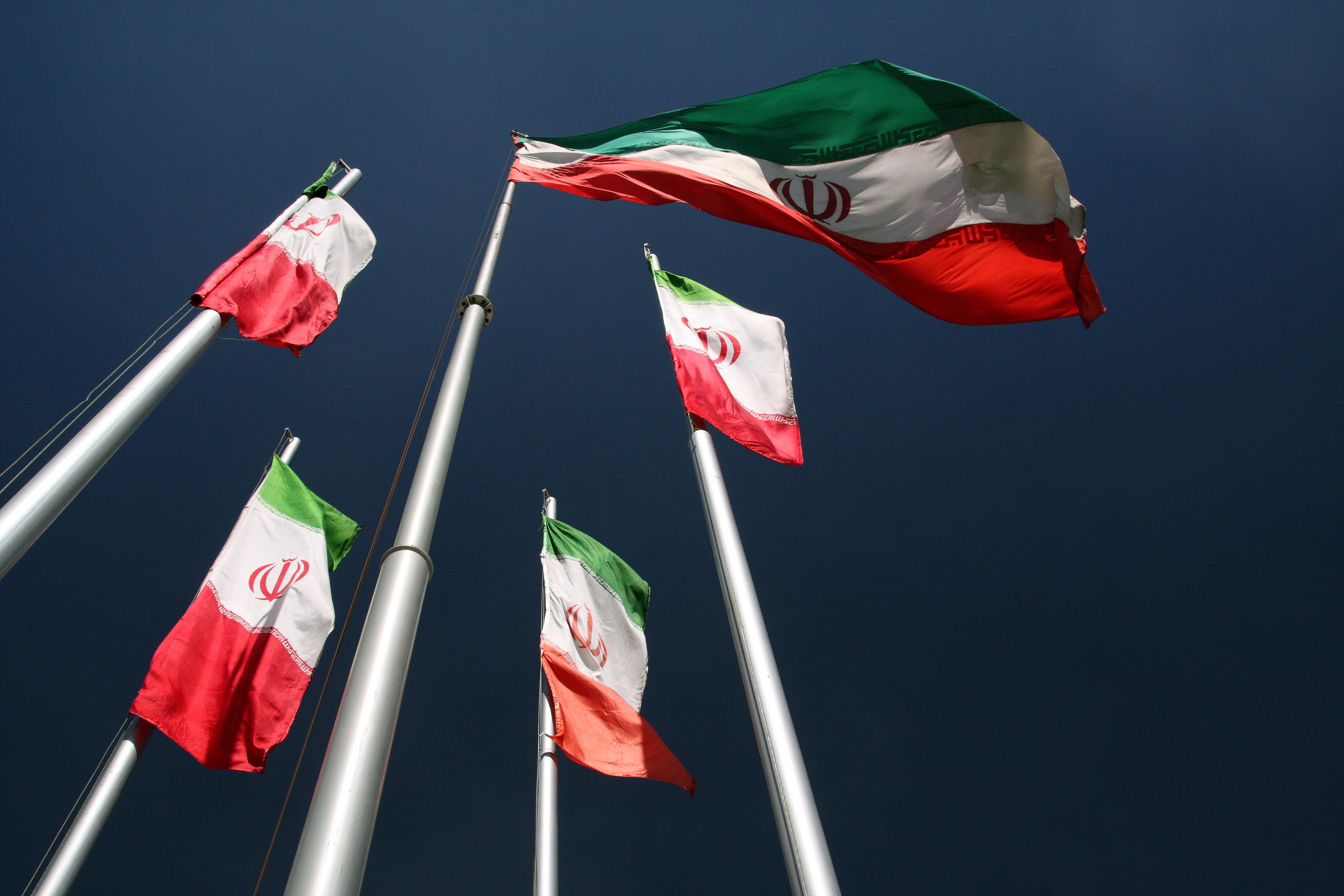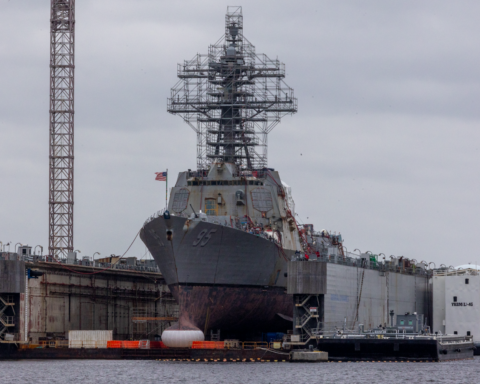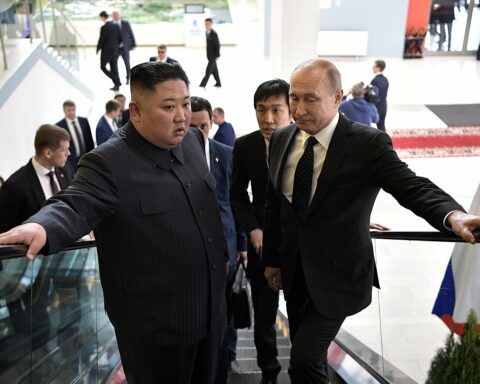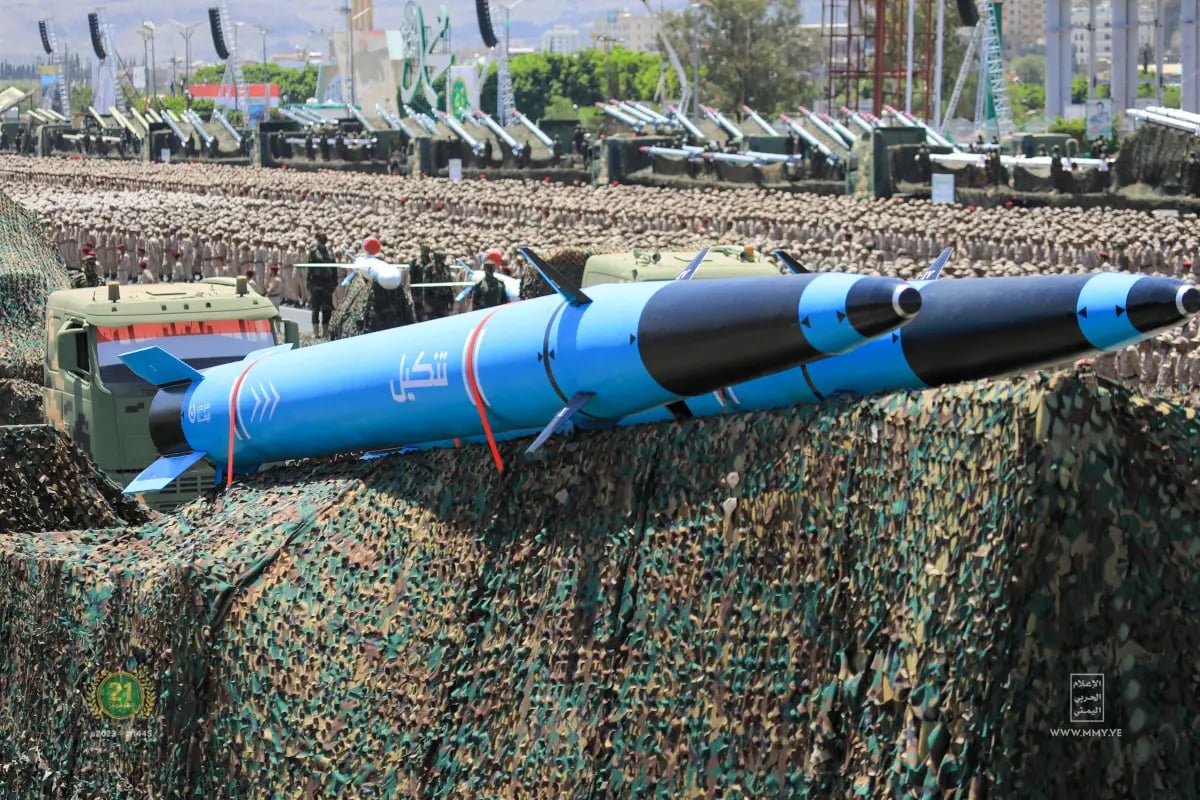By cutting through some of the noise surrounding the most recent debate over Iran — spurred by Benjamin Netanyahu’s pending speech before Congress — two schools of thought emerge that fall into the classic geopolitical camps of hawks and doves.
The hawks promise to double-down on sanctions against Iran and increase American military presence in the region. The doves hold out hope for the existing coercive sanctions and the ongoing diplomatic effort with the six party (P6) talks. Which of those approaches is more likely to allow the United States and its allies to achieve their objective—a nuclear free Iran, and an Iran that is a more responsible member of the world community?
No fewer than eight times since 2008 has the specter of armed conflict with Iran been raised by the hawks. In one of the more peculiar instances it grew to a fever pitch in the waning months of the Bush administration as hawkish pundits urged that “this was our last chance to stop Iran.” They noted that we had the forces in place in the region, and a president with the moxie to recognize and deal with the imminent threat of a nuclear capable Iran. After all, they argued, he singled out Iran as a member of the “axis of evil.”
Many of those same pundits argue now, as they did then, that a few precision guided munitions would be all that is needed to delay or destroy Iran’s nuclear ambitions. President Bush was not swayed, and military action (a.k.a. war) with Iran did not happen in 2008, or at any other point since, when “Breaking News” announced the latest reason for rising tensions with Iran.
Netanyahu aligns with the hawks in America, and it is at their invitation that he will speak before Congress on March 3rd. For years now Netanyahu has been part of the push to get America to eliminate the threat that Iran presents to Israel. If we won’t join him, he has often threatened to act unilaterally against Iran. A quick look at the map of the region shows why this threat, while not impossible, is a daunting operational challenge for Israel.
But for the sake of discussion, let’s say Israel pulled it off. There would ensue a Pandora’s box of consequences in response to such an attack (i.e., massive rocket attacks against Israeli and U.S. targets in the region). Rather than delve into that quagmire of possibilities, the more important question is what evidence does history offer that bombs can deter or destroy a nuclear program, or a nation’s ambition?
Here are two recent examples, from Israel’s own experience, of the limits of coercive military operations. The first is taken from Time magazine writer Joe Klein’s recent article “The Path to Peace.”
Klein’s piece looks at the changing landscape in the Middle East and even the growing possibility of a true Arab and Israeli alliance against the new forms of extremism threatening the entire status quo in the region. Klein also notes an important occurrence that is relevant to this discussion when he writes, “The deterioration began with Israel’s 50-day war in Gaza last summer, which increased the popularity of Hamas in the West Bank.”
Last summer, the world witnessed the Israeli Defense Forces (IDF) pound every Hamas target possible in the West Bank. Entire neighborhoods in Gaza were reduced to rubble, yet the enemy Hamas emerged from the conflict more popular than ever.
How is this possible?
A funny thing happens when you attack a proud nation—the people unify and demand vengeance. Every American who witnessed the Sept. 11, 2001 attacks can understand that unifying effect. This is the same illogically frustrating situation that the cowboy tough-guy approach with Iran is likely to yield.
As it is often said, the enemy gets a vote. America most recently learned that lesson in Afghanistan and the second Iraq War (2003–11); and Israel experienced it during their 2006 campaign to oust Hezbollah from southern Lebanon. The Gaza and Lebanon invasion examples show that even the vaunted IDF has its limits. If these small wars in compact geographic spaces can get very costly and messy, what would a war against Iran with the largest population, and largest geographic area confronted since World War II yield? Why would the IDF have a more decisive outcome versus a massive nation-state like Iran than it did the insurgent forces of Hamas or Hezbollah? For that matter, why would the United States?
The enemy will not follow your script. It is highly unlikely that Iran would just sit back and take it if the United States or Israel resorted to the “military option.” The second Iraq War and Israel’s latest incursion into Lebanon should remind hawks in both nations that the outcome and course of a war is entirely unpredictable. While the military option may provide some degree of short-term visceral satisfaction for the cowboys that want to teach Iran a lesson, every American should be aware that that option has a high potential for both escalation and protraction.
Turning now to the other side of the conversation, the diplomatic doves know that military action is both unlikely to deter or destroy Iran’s nuclear program. Nor will it bring Iran into the mainstream of responsible nations. There is an interesting group called “The Iran Project.” The individuals in it are the leading voices of the cautious doves; they include Richard Armitage, Marine Gen. Anthony Zinni, Adm. William Fallon, Lawrence Wilkerson and 30 other prominent individuals from both conservative and liberal points of view. In an effort to inject informed and reasoned analysis into the debate about Iran, “The Iran Project” has produced a series of publically available documents that have been left on the desk of every serving U.S. senator and representative.
As to the question of whether a military option will deter or destroy the threat, their extensive research and analysis concludes that, “Israel could not replicate the success of its earlier surgical strikes against single reactors in Iraq [1981] and Syria [2007], since Iran’s nuclear sites are numerous and widely dispersed, with one buried deep underground,” according to The Iran Project’s, Weighing Benefits and Costs of Military Action Against Iran.
As to the likely cost of such a military action, “The Iran Project” concludes, “If the U.S. decided to seek a more ambitious objective, such as regime change in Iran or undermining Iran’s influence in the region, then an even greater commitment of force would be required to occupy all or part of the country. Given Iran’s large size and population, and the strength of Iranian nationalism, we estimate that the occupation of Iran would require a commitment of resources and personnel greater than what the U.S. has expended over the past 10 years in the Iraq and Afghanistan wars combined.”
Hawks have been reporting for the past seven years that Iran was within months of building a nuclear weapon. In 2008, Iran was reportedly “months away,” seven years later in 2015 they are apparently still months away. One possible conclusion that this persistent delay in building a nuclear bomb suggests is that the combination of sanctions and diplomacy (perhaps aided by the STUXNET virus) has worked to slow Iran’s nuclear program.
Other encouraging signs produced by the dove course of action include: Iran elected a more moderate leader in 2013, it agreed to U.N. inspections, and is currently engaging in serious discussions with the P6 negotiators. These are all steps in the right direction that present a very real possibility of achieving the objective of permanently halting Iran’s nuclear weapons program and building the trust needed to bring Iran into the mainstream.
As a final thought, do the hawks, such as Netanyahu and his like-minded hosts in Washington, really believe that getting tougher with Iran will make them yield to our desired conditions, or is playing cowboy just political meat for their constituents to feast upon? Netanyahu, and many in the GOP both have to appeal to their hawkish constituents, but where does their path lead? If the conclusions of “The Iran Project” are accurate and the hawks bomb Iran, America may be at war with Iran for 10 years, spend trillions, and tens of thousands more people will die. The already unstable Middle East will be smoldering with chaos for years to come. In Iran, every paranoid prophecy of the Israeli-American conspiracy that was preached from podiums in Tehran, by the likes of Mahmud Ahmadinejad, will have been fulfilled. And if attacked, Iran will have every reason and all the motivation needed to try to build a nuclear weapon.
Perhaps playing cowboy with the Iranians may not be in America’s best interest?





